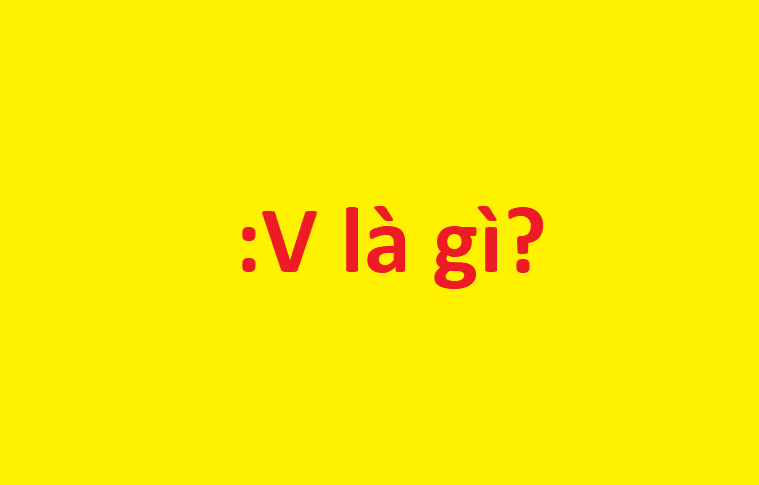used to refer to something that has been mentioned or was involved earlier, or to something that is already known about:
Đang xem: So that nghĩa là gì, who nghĩa là gì trong tiếng anh
Muốn học thêm?
Nâng cao vốn từ vựng của bạn với English Vocabulary in Use từ gocnhintangphat.com.Học các từ bạn cần giao tiếp một cách tự tin.
We use it, this and that to introduce further information about a topic already mentioned. However, the words have different uses. …
That is a very common word in both writing and speaking. We use it as a determiner, a demonstrative pronoun and a relative pronoun. We also use it as a conjunction to introduce that-clauses. …
We use that most commonly to point to a thing or person. We use it with singular nouns. The thing or person is often distant from the speaker and sometimes closer to the listener, or not visible to either the speaker or listener: …
We use that to introduce defining relative clauses. We can use that instead of who, whom or which to refer to people, animals and things. That is more informal than who or which: …
This, that, these and those are demonstratives. We use this, that, these and those to point to people and things. This and that are singular. These and those are plural. We use them as determiners and pronouns. …
used to introduce a clause that reports something or gives further information, although it can often be left out:
That is a very common word in both writing and speaking. We use it as a determiner, a demonstrative pronoun and a relative pronoun. We also use it as a conjunction to introduce that-clauses. …
We use that most commonly to point to a thing or person. We use it with singular nouns. The thing or person is often distant from the speaker and sometimes closer to the listener, or not visible to either the speaker or listener: …
Xem thêm: Subscribe Là Gì? Cách Tạo Nút Subscribe Trên Youtube Subscribe Là Gì
We use that to introduce defining relative clauses. We can use that instead of who, whom or which to refer to people, animals and things. That is more informal than who or which: …
Verbs commonly followed by that include reporting verbs (say, tell, admit, etc.) and mental process verbs (believe, think, know, hope, etc.): …
We use be + adjective + that-clause to express opinions and feelings. Some adjectives commonly used in this way are sure, certain, right, important, afraid, pleased, sorry, surprised, worried. We can omit that with no change in meaning: …
We use a noun + that-clause to express opinions and feelings, often about certainty and possibility. We also use that with reporting nouns. Some nouns commonly used in this way are belief, fact, hope, idea, possibility, suggestion, statement, claim, comment, argument: …




Xem thêm: Thuật Ngữ “ Vị Thế Là Gì ? Vị Thế Trong Thị Trường Chứng Khoán Là Gì
